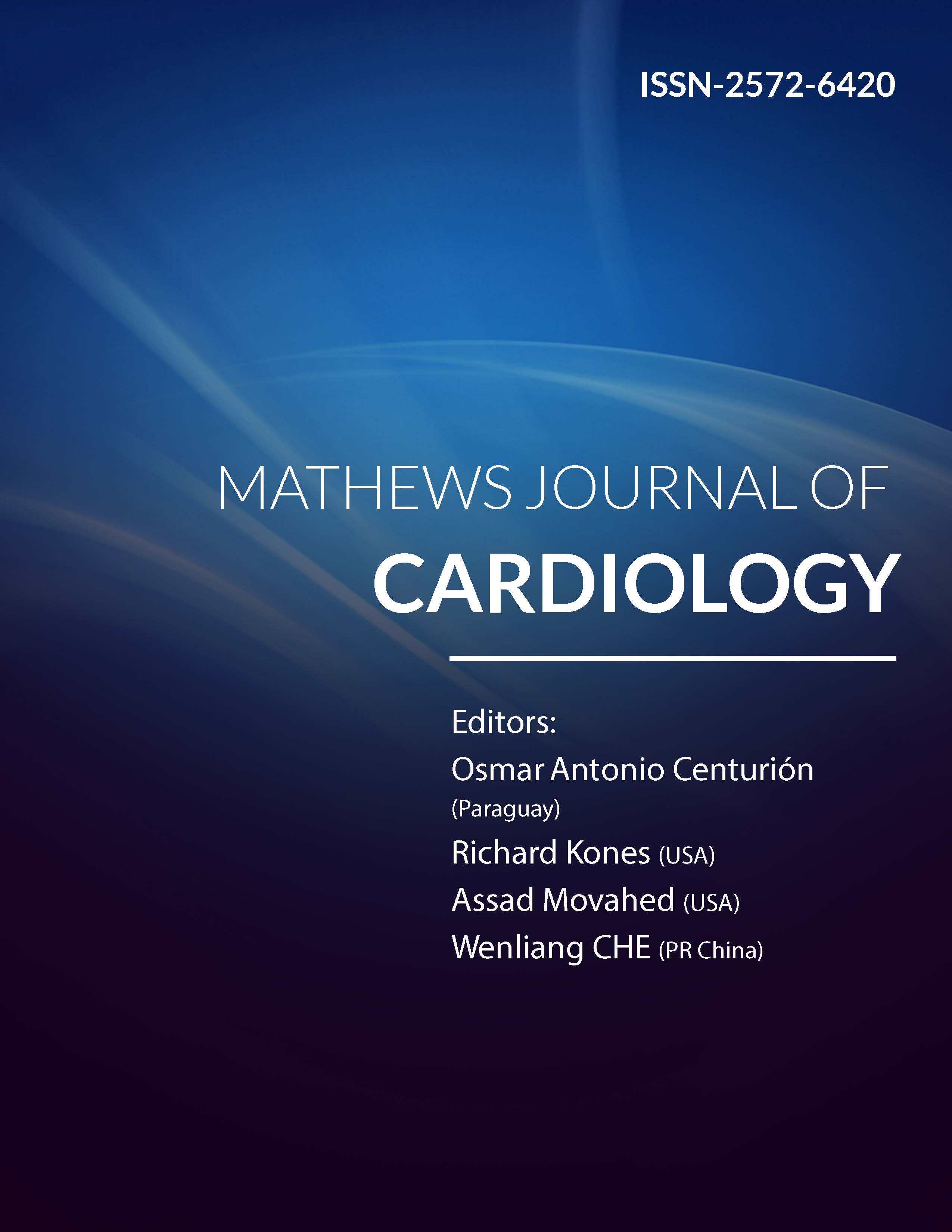
Information Links
Previous Issues Volume 7, Issue 2 - 2023
Prevalence and Prediction of Obesity among Yemeni Hypertensive Patients: A Single-Center, Cross-Sectional Study
Mohammed Abdul-Malik Ghalib1, Abdul Kafi Shujaa Adeen2, Taha Al‑Maimoony2, Abdulhafeedh Al-Habeet3,*
1Master of Cardiology, Faculty of Medicine and Health Sciences, Sana'a University, Yemen
2Associate Professor of Cardiology, Faculty of Medicine and Health Sciences, Sana'a University, Yemen
3Master of Epidemiology and Biostatistics, District Sales Manager at Shaphaco Pharmaceutical Industries, Sana’a City, Yemen
*Corresponding Author: Abdulhafeedh Al-Habeet, Master of Epidemiology and Biostatistics, District Sales Manager at Shaphaco Pharmaceutical Industries, Sana’a City, Yemen, Phone: 0967775586642; E-mail: [email protected].
Received Date: August 04, 2023
Published Date: August 23, 2023
Citation: Ghalib MA, et al. (2023). Prevalence and Prediction of Obesity among Yemeni Hypertensive Patients: A Single-Center, Cross-Sectional Study. Mathews J Cardiol. 7(2):28.
Copyrights: Ghalib MA, et al. © (2023).
ABSTRACT
Background: Obesity and hypertension (HTN) are two of the most common chronic diseases in the world. They are also closely linked, with obesity being a major risk factor for HTN, and the two conditions often coexist. In this study, we aimed to determine the prevalence and predictors of obesity among hypertensive patients. Patients and Methods: This was a cross-sectional study that included all hypertensive patients on medications and/or patients with blood pressure (BP) over 140/90 mmHg who attended an outpatient cardiac clinic in Al-Thawra Modern General Hospital, Sana’a City, Yemen, between August 2021 and October 2022. Data was collected based on a face-to-face interview with participants. For the diagnosis of obesity, we relied on three anthropometric indicators: body mass index (BMI), waist circumference (WC), and waist-to-hip ratio (WHR). Results: A total of 271 hypertensive patients were enrolled in our study (46.5% were men and 53.5% were women, with a mean age of 56.4 ± 10.9 years). The prevalence of obesity determined by BMI, WC, and WHR was 27.6%, 55%, and 83%, respectively. Using multivariate logistic analysis, we found that age under 60 (Adjusted odd ratio (AOR): 2.01, 95% confidence interval (CI): 1.11-3.66, p-value: 0.022), female gender (AOR: 2.52, 95% CI: 1.14-5.55, p-value: 0.022), sleep duration of more than six hours per night (AOR: 0.50, 95% CI: 0.27-0.93, p-value: 0.027), sedentary lifestyle (AOR: 1.36, 95% CI: 0.57-1.65, p-value: 0.021), uric acid (AOR: 1.23, 95% CI: 1.01-1.49, p-value: 0.043), and left ventricular mass index (AOR: 0.98, 95% CI: 0.96-1.11, p-value: 0.002) were independent predictors of obesity among hypertensive patients. Conclusion: Our study demonstrated a high prevalence of obesity, particularly abdominal obesity, among hypertensive patients. It is crucial for hypertensive patients, especially those who are obese, to work closely with healthcare professionals to manage their condition effectively.
Keywords: Obesity, Overweight, Hypertension, Cardiovascular Diseases, Noncommunicable Diseases, Sana’a City, Yemen.